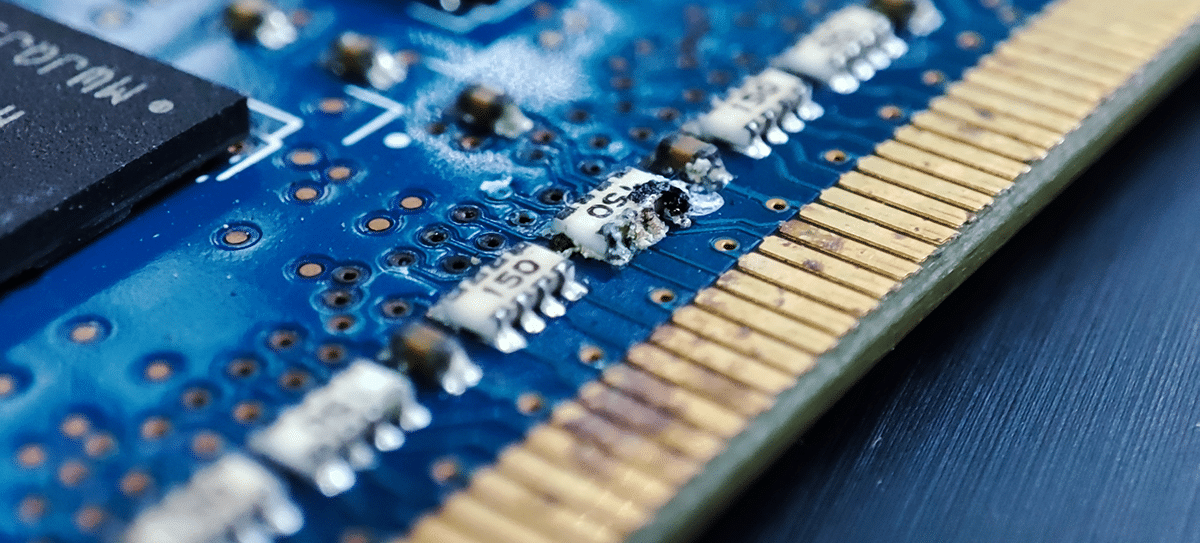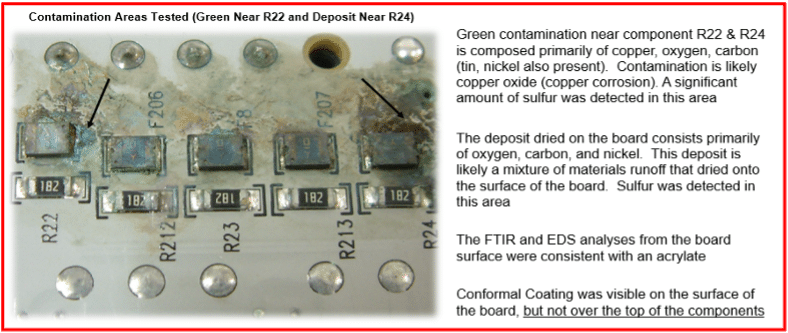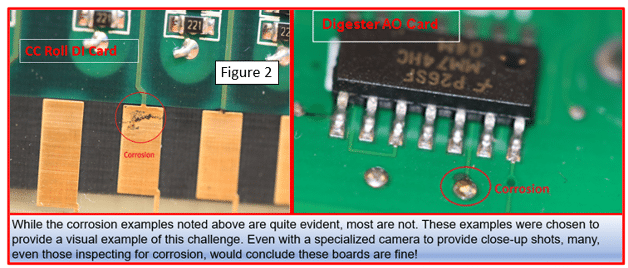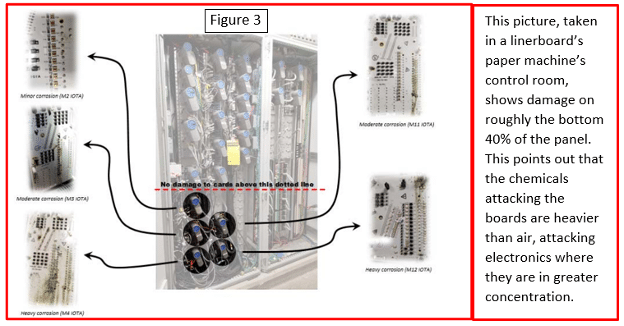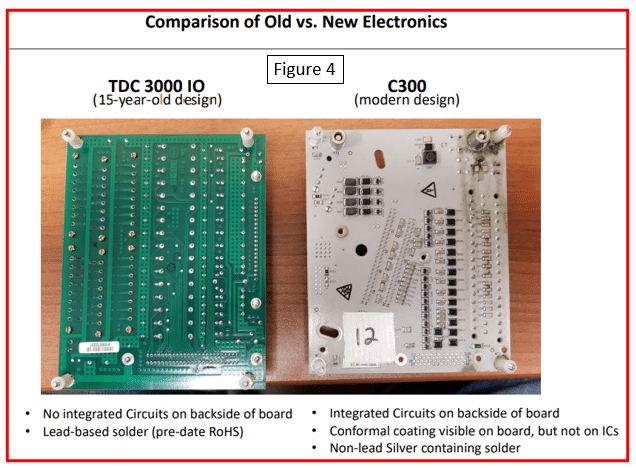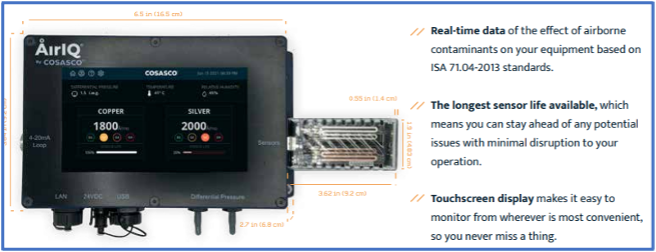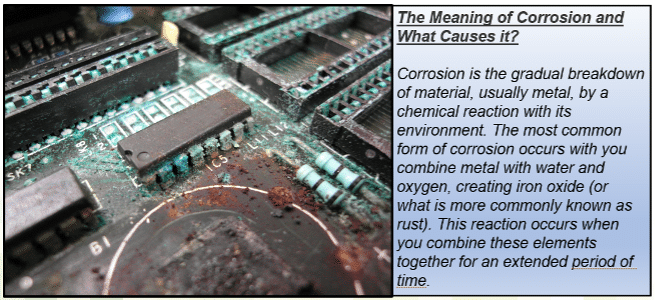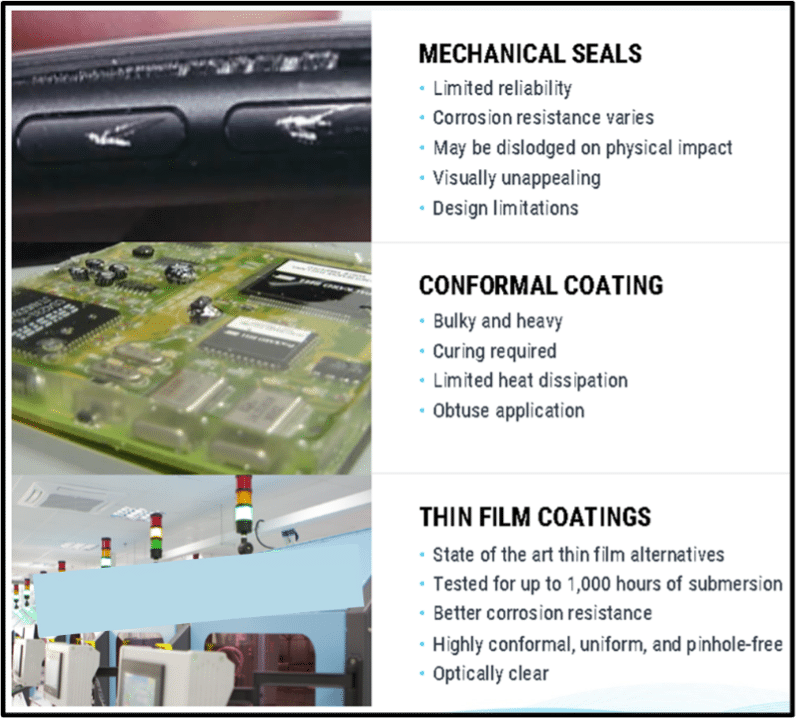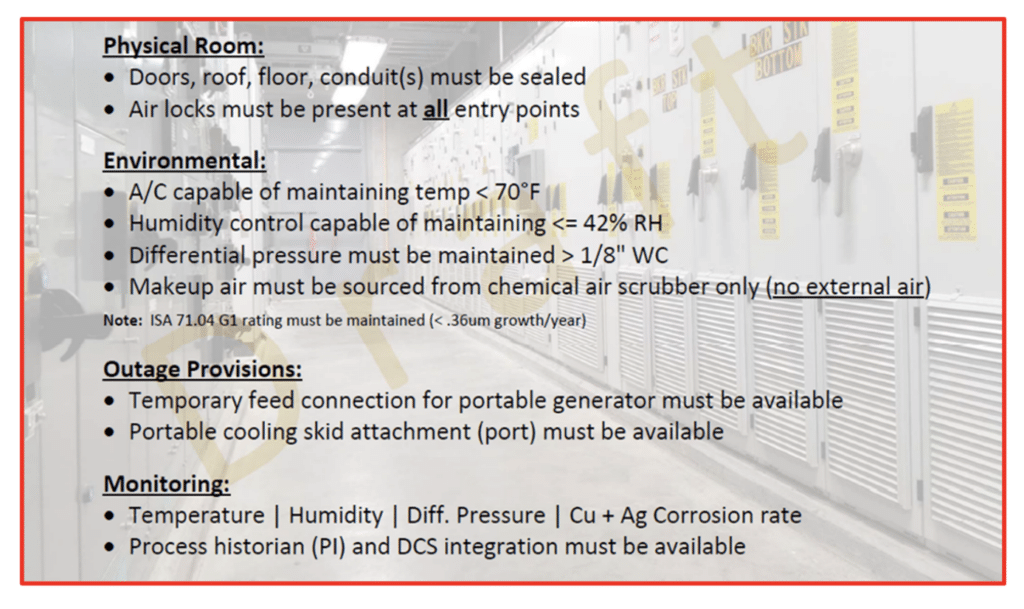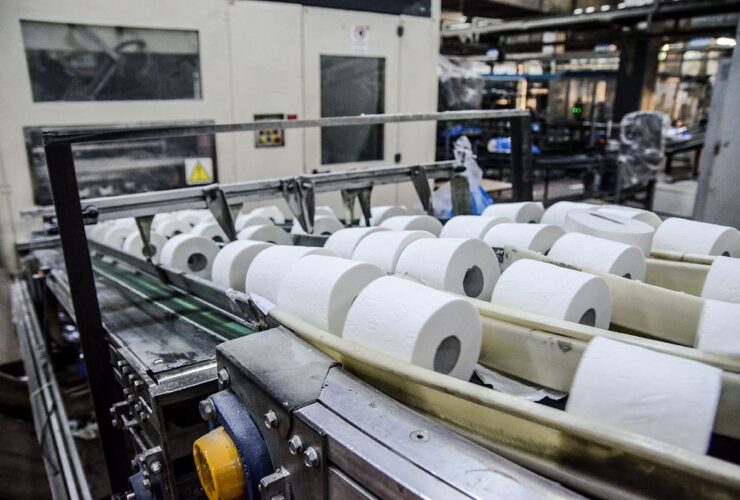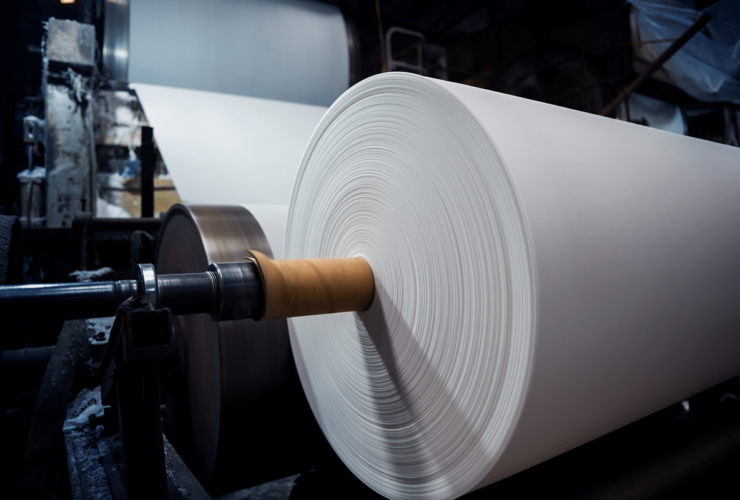While being a little playful with words, this post is a critical topic. Gremlins refer to microscopic corrosion that can quickly attack all electronics, especially around digesters and bleach plants. Read below on noteworthy points: Why this occurs? How to measure corrosion levels? And How to prevent or lessen the microscopic corrosion attacking your electronics. And for those outside of the pulp and paper industry, this same challenge exists in many industries where harsh environments are present (e.g., oil & gas, in or near oceans, etc.)
History of Microscopic Corrosion
I suspect all can recall when lead was banned and gradually removed from gasoline, starting in 1975. Next came the removal of lead in house-based paints in 1978. Each caused considerable challenges. Existing cars pinged excessively, running on unleaded gasoline. Painters and homeowners alike were not pleased with the early attempts at paints without lead. Both have been improved, and few give it a second thought now. So, what does this have to do with microscopic corrosion on circuit boards? Plenty. The lead-in solder protected all the electronics from severe corrosion. In 2006 though, Europe and USA standards were written that banned lead in solder. This is referred to as the Restriction of Hazardous Substances Directive (RoHS), severely restricting traditional lead-tin solder use. Indeed, these protective measures were needed. Lead has long been considered a harmful environmental pollutant.
Further, lead is responsible for poor health in children and adults, where lead-based pipes in drinking water have been a challenge in specific communities in the USA. To put this into perspective, over $53 billion is spent annually to protect against atmospheric corrosion. Unfortunately, the cost will continue to grow as air contamination rises, and maintaining control corrosion-free environments is becoming increasingly difficult.
Where Does Microscopic Corrosion Mostly Occur?
Microscopic corrosion has always been present in P&P plants due mainly to the harsh chemicals used, with most failures occurring in pulping and bleaching. Silver essentially replaced the lead in solder. Since 2006, all new electronics use lead-free solder and have been responsible for significant and sometimes rapid electronics failure. Harsh chemicals in the air are drawn to microscopic condensation on the board surface. The combination of moisture, harsh chemicals, and the silver in the solder chemically react and cause microscopic corrosion on the solder joints. Each VFD, PLC, DCS IO boards, field instruments, and servers contain multiple boards. As most mills can attest, there is a discovery process to understand why the corrosion occurs, then isolate boards with corrosion.
In many cases, mills get good at replacing failing boards. But, surprisingly, boards can develop “significant corrosion” after only a few weeks. Now that you understand why this occurs, this article will recommend steps to help prevent or minimize the issue in the future.
Examples of key components where failure occurs:
- Integrated Circuits (ICs)
- Printed Circuit Board (PCB)
- Switches
- Magnetic Recording Media (Hard disc)
- Packaging and shielding parts
Examples of Corrosion from a Linerboard Mill in North America
Critical Steps in Dealing with Microscopic Corrosion
1. Accurately Determine How Bad It Is
As you gather data to understand where most of the microscopic corrosion is, consider the following blueprint:
- Identify all electronic boards replaced in your facility over the last 2 to 3 years and their costs.
- Costs should include the board’s replacement cost and any associated downtime on the pulp mill, bleach plant, paper machine, etc. That number typically is an eye-opener.
- Do a Pareto Analysis on each defective board’s location and how long the board lasted. Include:
- Pulp Mill? Bleach Plant? Other?
- Specific location: Control Room XX
- Distance from the floor in inches (see Figure 3)
- Once this data is collected, add a portable instrument such as the AirIQ to measure each room’s corrosiveness level, measured in Parts Per Million (PPM), for both Copper and Silver.
2. Add a Protective Barrier on the board itself.
Indeed, many of the electronics are within control rooms already. But you still see sensitive electronics affected by microscopic corrosion within these control rooms. Or these could be electronics outside in a controlled room’s conditioned, protected environment. Before you lose another circuit board to corrosion, strongly consider having all of your boards specifically coated before they go into service. Yes, it adds costs and time, but considering that each board costs from $1,000 to $20,000+, along with machine downtime, in the cost to your facility. The protective coating goes far beyond the typical conformal coating that only protects part of the board. That company is well known in retail (protecting iPhones, etc.) and industrial applications. That firm is HZO (HZO.com) and has worked with several industries dealing with corrosion issues on electronics.
3. Surround sensitive equipment with Control Rooms Designed to Keep Corrosive Atmospheres Out
This last piece of advice is probably in practice in your mill already. Essentially, that advice is to house most of your sensitive electronics inside a control room. It should be controlled to <720F and <40% Relative Humidity. But there are a lot of caveats to this. A trusted source in this space is AES Engineering (www.air-eng.com.) They not only design and specify the HVAC equipment but also can help troubleshoot how you can modify your existing control rooms to meet the standards needed to prevent microscopic corrosion into your electronics.
If you’d like to download Dave’s presentation from TAPPIcon on this topic, you can access the Gremlins Lurking on Circuit Boards presentation here.

